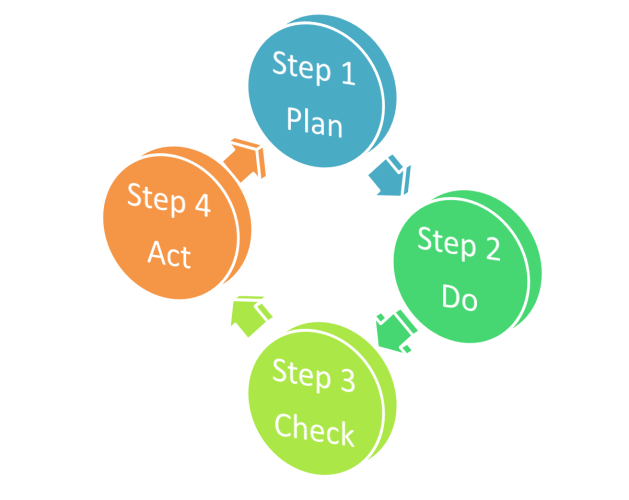A quick guide to implementing a health and Safety management system.
We’ve had an article featured in LBIC news that details a step by step guide to implementing a Health and Safety management system. The article emphasises the steps in: writing a health and safety policy, implementation of a plan, self-assessment in risk management, performance review and, reflective action when needed.
Employers have a great deal to consider with regards to the corporate resources required to make a business successful; such as human resources, finance and IT. Health and safety is equally important because it is a legal obligation and it makes good business sense. The Health and Safety at Work etc. Act 1974, places responsibility on employers to protect workers and others from risk to their health and safety. Breach of the Act is a criminal offence, and depending on the potential for harm caused, can lead to fines and a custodial sentence. One way to ensure that your organisation is compliant is to establish a suitable health and safety management system. Here is a simple guide to help you to get started, or if you already have one in place, this guide can help you to improve your current system.

Steps 1 – Plan involves writing a health and safety policy. This is a legal requirement for organisations employing 5 or more people. The policy must set out roles and responsibilities for staff, line managers and directors. It is also very important to identify other regulations which your organisation has a duty to abide by, for example, genetic modification and COSHH, and state the support in place to ensure compliance. You will, for example, require a BSO to assist with genetic modification compliance. The policy must also detail your aims and how performance will be measured.
Step 2 – Do is about implementing your plan. This involves risk profiling by identifying activities that can cause harm, and what you will do to manage the risk of the harm occurring. You will need to document the steps taken to manage your risk. This is called a risk assessment, and it is a must have. It is not sufficient to simply establish a way of doing things, it must be written down. For example, you have installed a fume cupboard to significantly minimise worker exposure to toxic vapours. Further steps in implementing your plan involves; (a) providing the appropriate tools and equipment which are properly maintained; (b) providing staff with the right information, instruction, training and supervision to ensure that they have the competency required to safely carry out their work and (c), creating forums for worker involvement and access to competent advice.
Step 3 – Check is about finding out how well you are doing with managing your risks. The best way is to be proactive. You can, for example conduct regular inspections. This will cover a range of focus areas, such as, premises, equipment and waste disposal. Reactive monitoring is important but must never be the sole monitoring practice. This includes investigating accidents, incidents and near misses.
Step 4 – Act is about reviewing performance and implementing changes where needed. This includes, but is not limited to, acting on lessons learned during the inspections, audits and accident investigations. It also entails reviewing policies and risk assessments to determine whether changes are necessary. This takes us back to step 1, with the process of having a sufficient and effective management system being cyclic. This approach allows for continuous improvement and is a good way of ensuring your organisation is continuously improving and staying compliant.
Please note that this guide does not exhaustively cover the actions necessary to be compliant with the Health and Safety at Work etc. Act 1974. It is chiefly a snapshot of considerations to be taken into account in order to implement a health and safety management system. You will need to refer to other resources. If you would like additional input about how ensure that your company is compliant with applicable health and safety legislations, then Bishop Simon is offering all LBIC clients a free 45 minute consultation.
Browse our range of health & safety, biosafety services
Contact Dr Shurene Bishop Simon for further information.
LBIC news (2020) A quick guide to implementing a Health and Safety management system.
